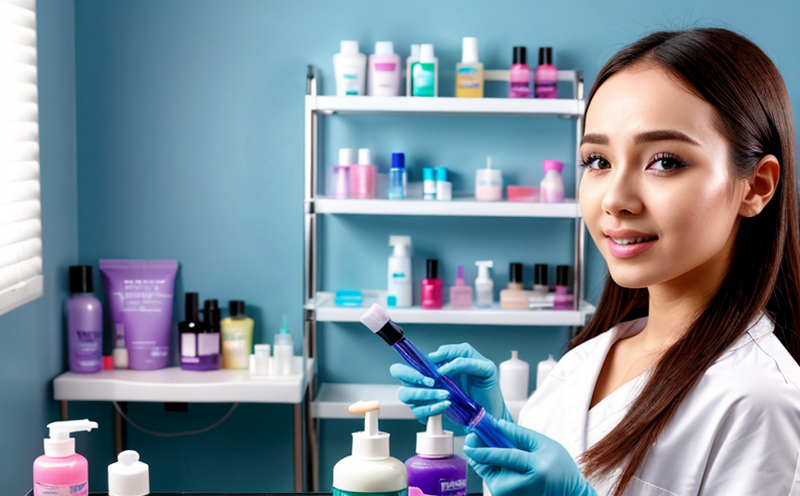USP Testing for Specified Microorganisms in Cosmetics
The United States Pharmacopeia (USP) [1] chapter provides stringent guidelines for the detection and identification of specified microorganisms that may be present in cosmetics. This testing ensures product safety, compliance with regulatory standards, and protection against potential contamination issues.
In the cosmetic industry, microorganism contamination can lead to severe health risks such as infections, allergic reactions, and other dermatological issues. Therefore, ensuring the absence of pathogenic or spoilage-inducing microorganisms is critical for consumer safety and product quality.
The USP testing protocol requires laboratories to employ advanced microbiological techniques that are both accurate and reliable. This includes the use of selective media, appropriate incubation conditions, and standardized methods for colony counting and identification.
The specified microorganisms covered under this test include various bacteria such as Pseudomonas aeruginosa, Staphylococcus aureus, and Escherichia coli, along with fungi like Candida albicans. Each of these organisms has the potential to cause significant harm if present in cosmetic products.
The testing process involves several key steps:
- Sample Collection: The first step is the proper collection and preservation of samples from the finished product or raw materials.
- Preparation: Samples are prepared according to USP guidelines, ensuring they are suitable for microbiological analysis.
- Culturing: Specimens undergo incubation in selective media that allows only target organisms to grow while inhibiting others.
- Identification: Once growth occurs, the colonies are identified using biochemical tests and other diagnostic methods as specified by USP .
- Reporting: Results are compiled into a detailed report that complies with current regulatory standards.
The results of this test provide crucial information to manufacturers, helping them make informed decisions about product formulations and quality control measures. This ensures that the final products meet not only safety regulations but also exceed consumer expectations regarding hygiene and efficacy.
Benefits
- Regulatory Compliance: Ensures strict adherence to USP guidelines, which is essential for marketing cosmetics in the United States.
- Improved Product Safety: Reduces the risk of microbial contamination and associated health hazards.
- Informed Decision-Making: Provides comprehensive data that can guide improvements in product formulation and processing techniques.
- Enhanced Reputation: Demonstrates a commitment to high standards, which can boost brand image and customer trust.
Competitive Advantage and Market Impact
The ability to provide USP testing services offers significant competitive advantages. Manufacturers who offer this service can differentiate themselves in the market by showcasing their commitment to quality and safety standards.
In an increasingly globalized marketplace, adhering to international standards like those set forth by USP is becoming more important than ever. By offering this specialized testing, laboratories enhance their reputation as trusted partners for cosmetic manufacturers seeking to expand into new markets or meet specific regulatory requirements.
- Increased Market Reach: Companies that comply with USP standards can sell products in the U.S., thereby expanding their customer base.
- Premium Positioning: Offering this service positions a laboratory as a premium provider, attracting clients seeking excellence in testing and analysis.
- Potential for Collaborations: By demonstrating expertise in such specialized areas, laboratories can attract partnerships with leading cosmetic brands looking to innovate or improve their offerings.





